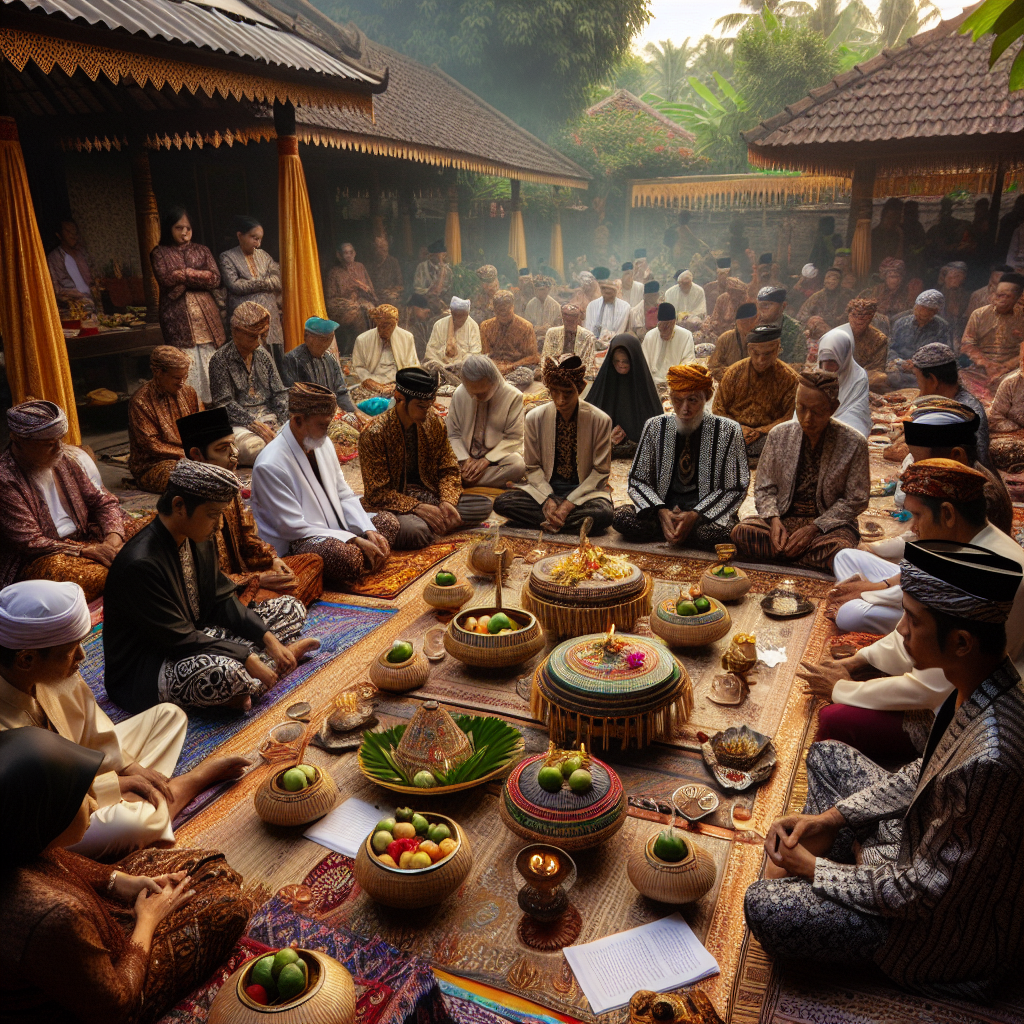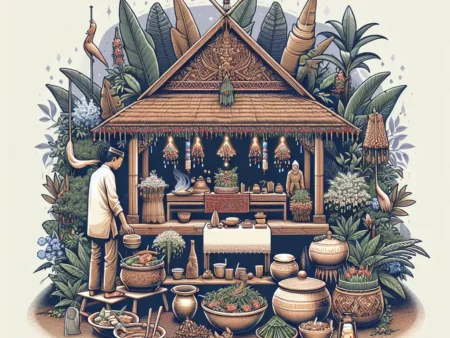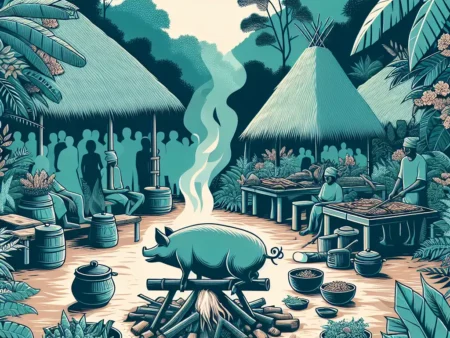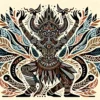Deskripsi meta: Upacara Adat Ngunjung di Cirebon: Doa untuk Leluhur. Tradisi spiritual menghormati leluhur dengan doa dan penghormatan di Cirebon.
Upacara Adat Ngunjung di Cirebon: Doa untuk Leluhur
-
Table of Contents
- Upacara Adat Ngunjung di Cirebon: Doa untuk Leluhur
- Introduction
- The Meaning of Upacara Adat Ngunjung
- Historical Background
- Preparation for the Ceremony
- The Rituals and Symbolism
- Offerings and Prayers
- Dance and Music Performances
- Procession and Pilgrimage
- The Significance of Upacara Adat Ngunjung
- Conclusion
Upacara Adat Ngunjung di Cirebon: Doa untuk Leluhur

Introduction
Indonesia is a country rich in cultural diversity, with each region having its own unique traditions and customs. One such tradition is the Upacara Adat Ngunjung, a traditional ceremony practiced in Cirebon, West Java. This article will explore the significance of this ceremony and its importance in honoring ancestors and seeking their blessings.
The Meaning of Upacara Adat Ngunjung
The term “Upacara Adat Ngunjung” can be translated as the “Traditional Ceremony of Visiting.” It is a ritualistic practice where the people of Cirebon pay homage to their ancestors and seek their guidance and blessings. This ceremony is deeply rooted in the Javanese culture and is considered an essential part of the community’s spiritual and social fabric.
Historical Background
The Upacara Adat Ngunjung has its origins in the ancient kingdom of Cirebon, which flourished during the 15th and 16th centuries. The kingdom was known for its rich cultural heritage and strong adherence to traditional customs. The ceremony was initially performed exclusively by the royal family and nobility but later became a community-wide practice.
Preparation for the Ceremony
The Upacara Adat Ngunjung is a meticulously planned event that requires careful preparation. The ceremony is usually held in a communal space, such as a village square or a designated area within a temple. The preparations involve cleaning and decorating the venue with traditional ornaments and flowers.
Participants of the ceremony, both young and old, dress in traditional attire known as “kebaya” for women and “blangkon” for men. These traditional costumes hold great cultural significance and are worn to honor the ancestors and preserve the cultural heritage of Cirebon.
The Rituals and Symbolism
The Upacara Adat Ngunjung consists of several rituals and symbolic acts that are performed in a specific order. These rituals are deeply rooted in the Javanese belief system and reflect the community’s spiritual connection with their ancestors.
Offerings and Prayers
The ceremony begins with the offering of various items, including flowers, fruits, and traditional dishes, to the ancestors. These offerings are placed on a special altar or “sesajen” as a symbol of gratitude and respect. Participants then recite prayers and chant mantras, seeking the blessings and guidance of their ancestors.
Dance and Music Performances
Traditional dance and music performances are an integral part of the Upacara Adat Ngunjung. These performances are not only a form of entertainment but also a way to express gratitude and devotion to the ancestors. The dancers and musicians wear traditional costumes and use traditional instruments, creating a vibrant and captivating atmosphere.
Procession and Pilgrimage
After the offerings and performances, a procession takes place where participants carry the offerings and walk in a designated route. This procession symbolizes the journey to the spiritual realm and the connection between the living and the deceased. The pilgrimage ends at a sacred site, such as a cemetery or a temple, where participants offer their final prayers and seek the blessings of their ancestors.
The Significance of Upacara Adat Ngunjung
The Upacara Adat Ngunjung holds immense significance for the people of Cirebon. It serves as a way to honor and remember their ancestors, who are believed to play a vital role in their lives. The ceremony also reinforces the community’s cultural identity and strengthens social bonds among its members.
Through this ceremony, the people of Cirebon express their gratitude for the wisdom and guidance passed down by their ancestors. They seek their blessings for prosperity, good health, and protection from harm. The Upacara Adat Ngunjung is seen as a way to maintain a harmonious relationship between the living and the deceased, ensuring the well-being of the community as a whole.
Conclusion
The Upacara Adat Ngunjung in Cirebon is a deeply rooted tradition that reflects the spiritual and cultural values of the community. This ceremony serves as a reminder of the importance of honoring and remembering our ancestors, who have shaped our lives and continue to guide us from the spiritual realm. Through the rituals and symbolism of the Upacara Adat Ngunjung, the people of Cirebon seek the blessings and protection of their ancestors, ensuring the well-being and prosperity of their community for generations to come.
By preserving and practicing these traditional ceremonies, we not only pay homage to our ancestors but also keep our cultural heritage alive. The Upacara Adat Ngunjung is a testament to the rich and diverse cultural tapestry of Indonesia, and it is through such traditions that we can truly appreciate the beauty and depth of our nation’s heritage.







